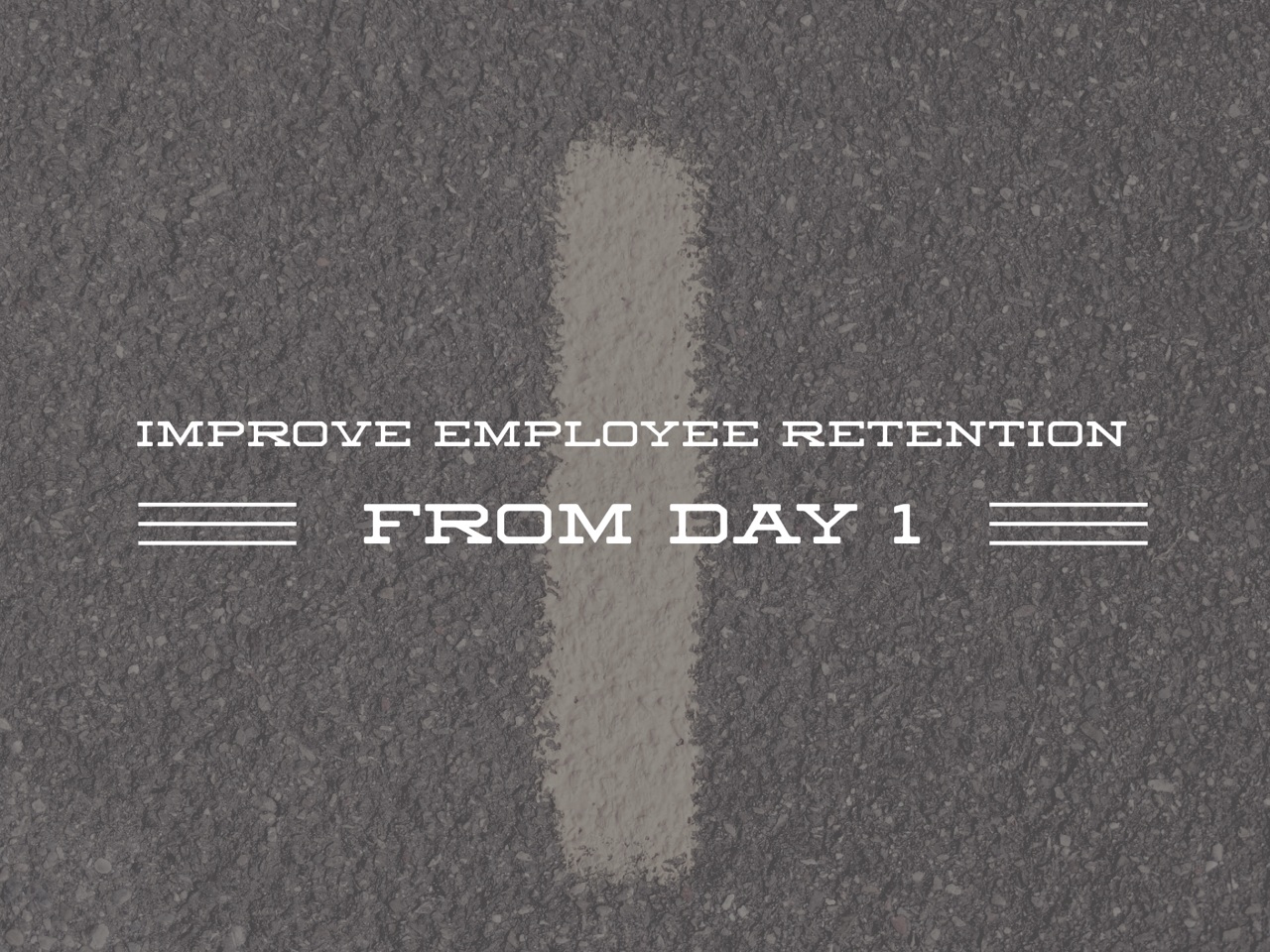As top talent becomes more difficult to find and hire, positions are remaining open longer and competition is driving recruiting costs up. Between interviewing, training, reduced productivity, and lost opportunities, it can cost upwards of 150% of a mid-level employee’s salary, or 400% of a high-level or specialized employee’s salary, to replace them.
If you found your candidate through a direct hire agency, you may recoup some of this cost through a replacement candidate or money back guarantee – but you can’t make up for the other costs.
While some turnover is reasonable, a high turnover rate and short employee tenure are not. A BambooHR survey found that 31% of people have quit a job in the first 6 months, half of which quit in the first 3 months. The top three reasons were that they changed their mind on the work type, the work was different than expected, and the boss was a jerk.
By paying close attention to the first few months of your new hire’s employment, you can reduce employee turnover from day one.
Here are 3 things to pay attention to:
- Discuss your candidate’s motivations during the recruitment process. Employee retention begins before you even hire your top choice candidate. Each candidate will have different reasons for pursing a new opportunity and different things they’re looking for in their next role. For instance, some candidates may look for work-life balance, while others would prefer work-life integration.
When you understand a candidate’s motivations, you can address them during the recruitment process to show how you meet their qualifications – as well as where you fall short. Sharing your shortcomings, in particular, will ensure that there are no surprises down the road. If your company frequently holds client events after-hours, your opportunity may not be the best fit for a salesperson who wants to unplug at 5pm. Discovering this early on will be mutually beneficial.
- Build a strong onboarding process. Once you’ve hired a new employee, give them a great experience with a strong onboarding process. Your goal is to make them feel welcome and comfortable in your organization and to set them up for success in their new role. Your hiring manager should greet the employee at the door, introduce them to team members they haven’t met, and show them key areas around the office.
Their desk, equipment and email address should be ready to use, and a welcome lunch can add a nice touch. Your hiring manager should also review job responsibilities and set goals with your new hire so they understand what is expected of them. The first week should focus on orientation, and include meetings with key people your employee will be working with closely.
- Encourage regular communication. Both HR and the hiring manager should check in with new employees regularly to ensure a smooth transition into their new role. A check-in at the end of the first day, week and regularly thereafter will give you an idea about how the employee is doing and will give you the opportunity to address any issues that have come up.
Even with strong recruitment and onboarding processes, an employee may find that the job is not what they expected – but you may be able to negotiate with them before it’s too late. By setting the stage for communication early, your employees will be more likely to approach you with issues in the future.
Again, you can’t prevent some turnover, nor can you predict all the reasons a potential employee may leave – it may not have anything to do with your company. But, by focusing on an employee’s first few months with your company, you can improve employee retention.
